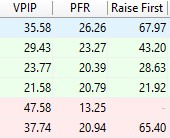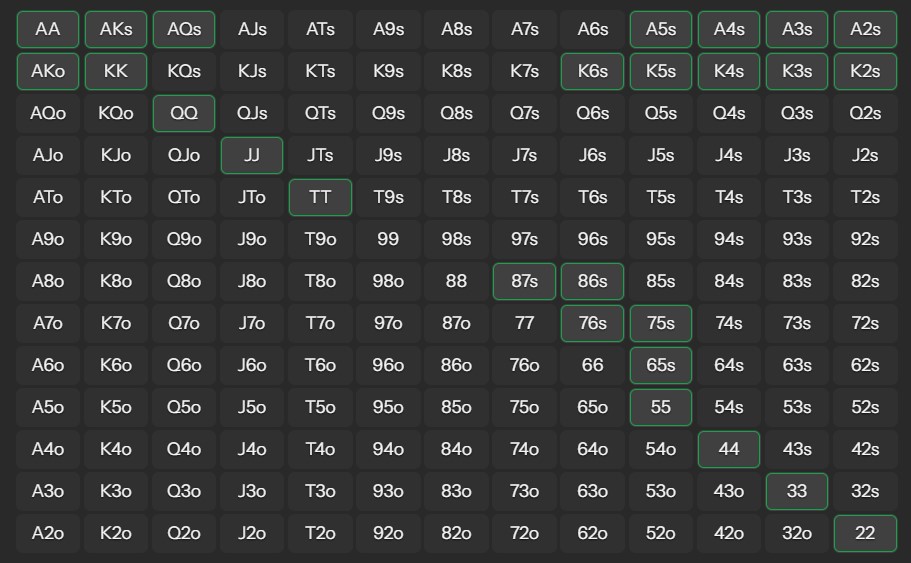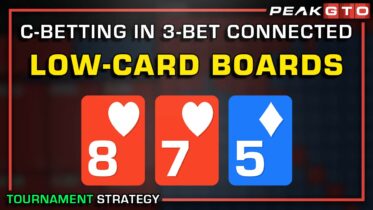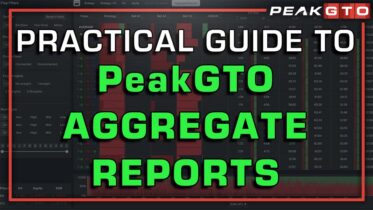In the world of No Limit Texas Hold’em, success requires more than just understanding the rules of the game. It demands the ability to navigate an ever-shifting strategic landscape. Two of the most pivotal approaches to poker strategy are Game Theory Optimal (GTO) play and exploitative play.
Both have their strengths, but understanding when to use each is key to unlocking your potential as a player. In this blog, we’ll explore these strategies, discuss how to identify opportunities for exploitation, and offer practical advice for balancing the two.
Comparing GTO and Exploitive Strategies
GTO Poker Definition and Principles
Game Theory Optimal poker represents a mathematically perfect approach to the game. It ensures that your strategy is unexploitable, meaning that no opponent can consistently counter it for a profit. GTO poker focuses on balance, constructing ranges that mix strong hands, medium-strength hands, and bluffs in a way that prevents opponents from finding patterns in your play.
For example, if you only bet with strong hands, skilled opponents will fold their weaker holdings and reduce your profits. Conversely, if you bluff too often, they’ll call you down more frequently, exploiting your over-aggression. A GTO approach eliminates these vulnerabilities by ensuring your actions remain balanced and unpredictable.
When to Use GTO
GTO is most effective in the following scenarios:

- Against Unknown or Balanced Opponents:
When you have no reliable read on an opponent, adhering to GTO ensures you’re not easily exploited. It acts as a safety net, allowing you to play profitably even in the absence of specific information. - In Competitive Environments:
At higher stakes or in games with skilled opponents, deviations from GTO can quickly backfire. Against players who adapt well and exploit leaks efficiently, sticking to a GTO strategy minimizes risk and ensures long-term profitability.
Exploitative Poker Definition and Principles
Exploitative poker is the art of adjusting your strategy to capitalize on the mistakes and tendencies of your opponents. Unlike GTO, which focuses on balance, exploitative play deliberately deviates from optimal lines to maximize short-term profit against specific players.
For example, if you notice an opponent who is just learning how to play poker and calls too often against continuation bets (c-bets) regardless of the size, you can exploit this by increasing your c-bet size when you have a strong hand. Similarly, against an opponent who overcalls with weak hands, you can value bet more aggressively with a wider range of hands.
Advantages of Exploitative Play
- Higher Short-Term Profitability: Exploitative play allows you to capitalize on opponents’ mistakes, generating more immediate profit compared to a strictly balanced GTO approach.
- Tailored Strategies: By observing your opponents and adjusting accordingly, you can customize your play to suit the specific dynamics of your table, making you a more effective player overall.
Identifying Opportunities for Exploitative Play
Recognizing Opponent Weaknesses
Exploitation starts with keen observation. Here are some signs to look for:

- Betting Patterns: Are they c-betting too frequently or not enough? Are they overly aggressive or excessively passive on later streets?
- Tendencies: Do they fold too often to aggression or call down too light? Do they play predictably in certain spots, such as always checking the turn when weak?
- Overreliance on Specific Lines: Watch for opponents who habitually take certain actions, like raising only with premium hands or bluffing in specific scenarios.
By identifying these patterns, you can tailor your strategy to exploit their specific weaknesses.
Table Dynamics and Player Profiles
The overall table dynamic can also influence your poker strategy. For instance:
- Tight Tables: At a table where players are overly cautious, you can open up your range, steal blinds more frequently, and apply pressure with marginal hands.
- Aggressive Tables: Against loose and aggressive players, tightening your range and trapping with strong hands can be more effective.
- Player Profiles: Tailor your approach to individual opponents. Against a loose-passive player, exploit their tendency to fold under pressure by betting more aggressively. Against an overly aggressive player, capitalize on their overbluffing by calling down lighter.
Specific Scenarios to Play Exploitatively
Exploitative play isn’t a one-size-fits-all approach. It thrives in specific situations where opponent tendencies are apparent. Here are a few examples:
Against Passive Players

Passive players are often reluctant to bet or raise unless they hold strong hands. Exploit them by:
- 3-Bet Larger for Value: Use larger sizes when you 3-bet preflop with your strongest hands.
- Value Betting Thin: Extract maximum value from their tendency to call with weaker hands.
- Applying Pressure: Use frequent c-bets and double-barrel bluffs to force them to fold marginal hands.
Against Aggressive Players
Overly aggressive players can be a goldmine for exploitation. Take advantage by:
- Trapping: Slow-play strong hands to induce bluffs and extract additional value.
- Calling Down Light: Don’t overfold against their aggression. Look for opportunities bluff catching opportunities.
Against Predictable Players
Predictable players are easy to read and exploit. For example:
- Exploit Overbluffing: If a player bluffs too often on scare cards, call with a wider range.
- Exploit Underbluffing: If they rarely bluff, you can comfortably fold marginal hands to their aggression.
Balancing GTO and Exploitative Strategies
Adaptive Play
The best poker players are those who can fluidly shift between GTO and exploitative strategies. Start by defaulting to a GTO approach, which keeps you balanced and unexploitable. As you gather information about your opponents, adapt your strategy to exploit their weaknesses.
Practical Examples
Consider the following hand:
- Situation: You’re playing a 6-max online cash game, and you notice the player on the button folds to 3-bets 80% of the time.
- GTO Play: A GTO 3-betting range from the small blind might include premium hands like AA, KK, and balanced bluffs like suited connectors.
- Exploitative Adjustment: Against this specific player, you can widen your 3-betting range to include more bluffs, such as Ax and Kx, small pairs, and suited connectors, knowing they’re likely to fold.

This ability to adjust based on opponent tendencies is what separates good players from great ones.
Conclusion
The debate between GTO and exploitative poker is not about which is superior but about understanding when to apply each approach. GTO provides a robust foundation, ensuring you’re unexploitable in competitive environments. Exploitative play, on the other hand, allows you to capitalize on the mistakes and tendencies of specific opponents for higher short-term profits.
Ultimately, the most successful players master the art of balance. By starting with a GTO framework and making exploitative adjustments as opportunities arise, you’ll maximize your edge and become a formidable force at the poker table.
Remember, poker is a dynamic game that rewards adaptability. Keep studying, observing, and refining your strategy to stay ahead of the competition. Whether you’re playing for fun or grinding for profit, the key to success lies in your ability to think critically and adjust on the fly.





